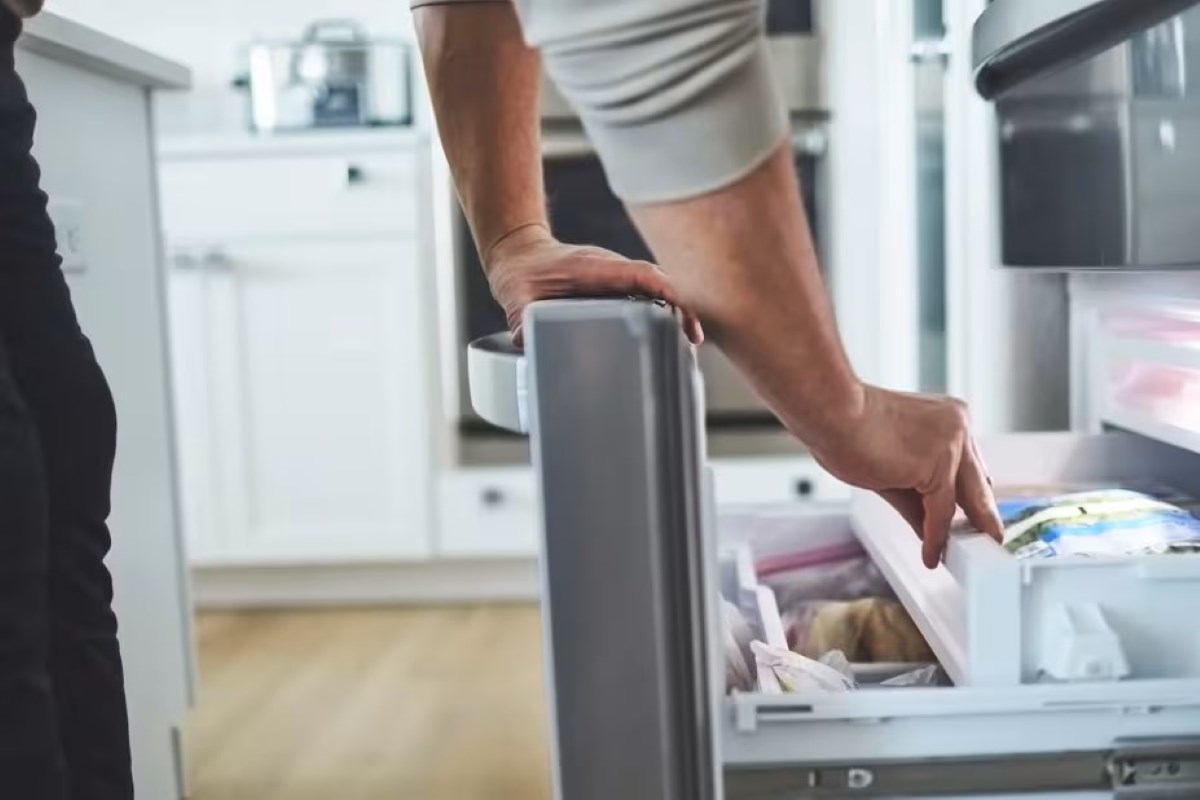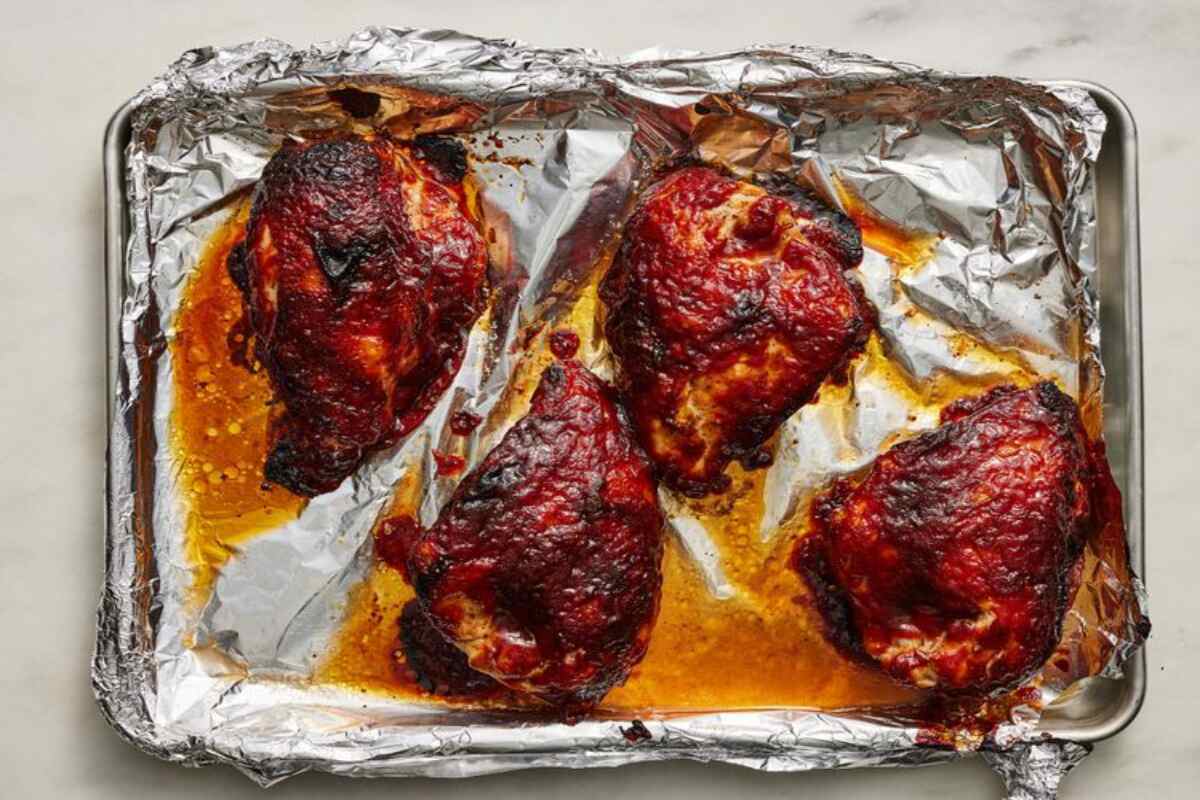How long do leftovers last in the fridge? Can you really tell? Remember that container of pasta, right at the back of your refrigerator compartment? How do you know if it’s still safe to reheat and consume after storing for such a long time?
Well, depending on the content of your gravy, salad, or any other food mix in refrigerated storage, you can accurately predict the leftover storage time. This knowledge will keep you safe from foodborne illnesses and help cut domestic food waste to a minimum.
This fridge food safety guide will provide insights into food spoilage prevention and how to store leftovers properly. These leftover storage tips will be based on science-backed standards and methods approved by regulatory bodies.
The General Rule for Leftovers
Generally, the US Food and Drug Administration (FDA) and the US Department of Agriculture (USDA) recommend refrigerating leftovers for a maximum of four days, provided they are stored properly. According to this regulatory duo, the standard procedure is to cool and refrigerate perishable leftovers within two hours of eating them.
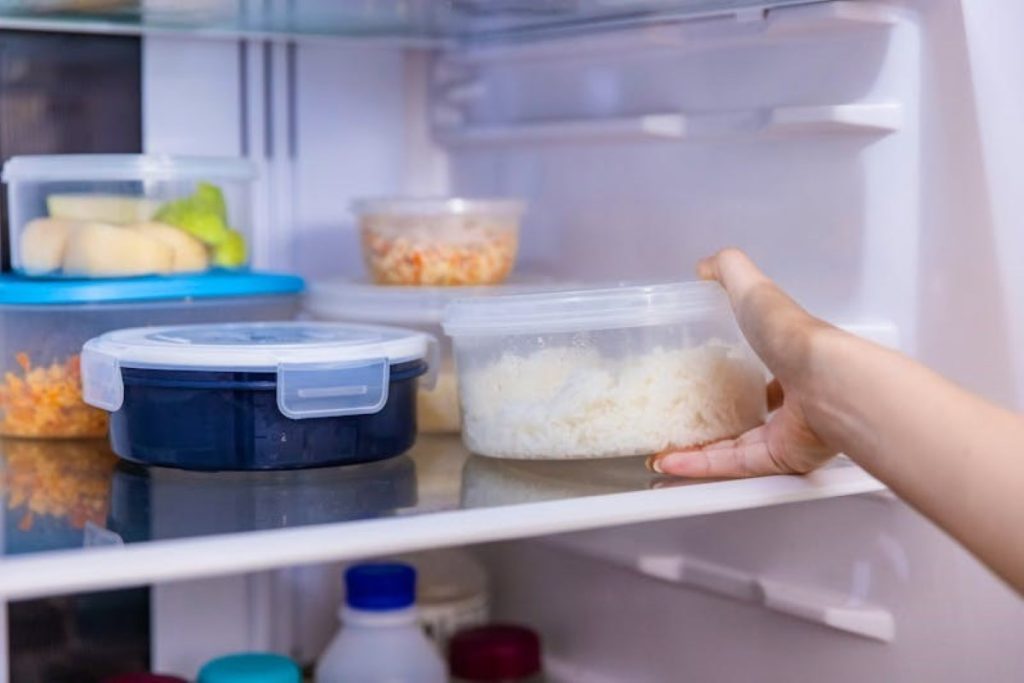
However, it is possible to flout the rule by a wide margin, simply by tweaking the storage temperature. While refrigeration keeps perishable leftovers safe for consumption for between 3-4 days, freezing does a much better job. According to the FDA and USDA, frozen leftovers can remain stable for between 3-4 months.
However, there’s more to this discussion than the question: “How long do leftovers last in the fridge?” Some food products have no business in a refrigerator. Examples of fruits and vegetables that you should avoid keeping in a refrigerator are tomato, avocado, winter squash, banana, apple, watermelon and all berries. Similarly, products like chocolate, bread, hot sauce, peanut butter, fermented pickles, and vinegar should be stored in a dark corner of a cool pantry.
ALSO READ: Inside the World of Monastic Cooking Traditions: Simple, Sacred, and Sustainable
Factors That Affect the Shelf Life of Refrigerated Food
Multiple factors converge to drive optimum fridge leftover safety. However, the most important factors that influence food storage safety revolve around storage temperature, food type, and promptness of preservation after cooking.
1. Storage Temperature
Controlled and reduced temperatures are some of the easiest ways to keep microbial, enzymatic and chemical spoilage at bay. At temperatures around and above room temperature (c. 28°C/82.4°F), microorganisms that cause spoilage thrive. The catabolic processes that cause enzymatic and chemical deterioration are equally accelerated above room temperature.
To achieve the optimum fridge shelf life of cooked food, the FDA provides temperature recommendations. For example, the food regulator recommends refrigerating cooked food at 40°F (4°C) or below. For freezing, the FDA advises storing food at or below 0°F (-18°C).
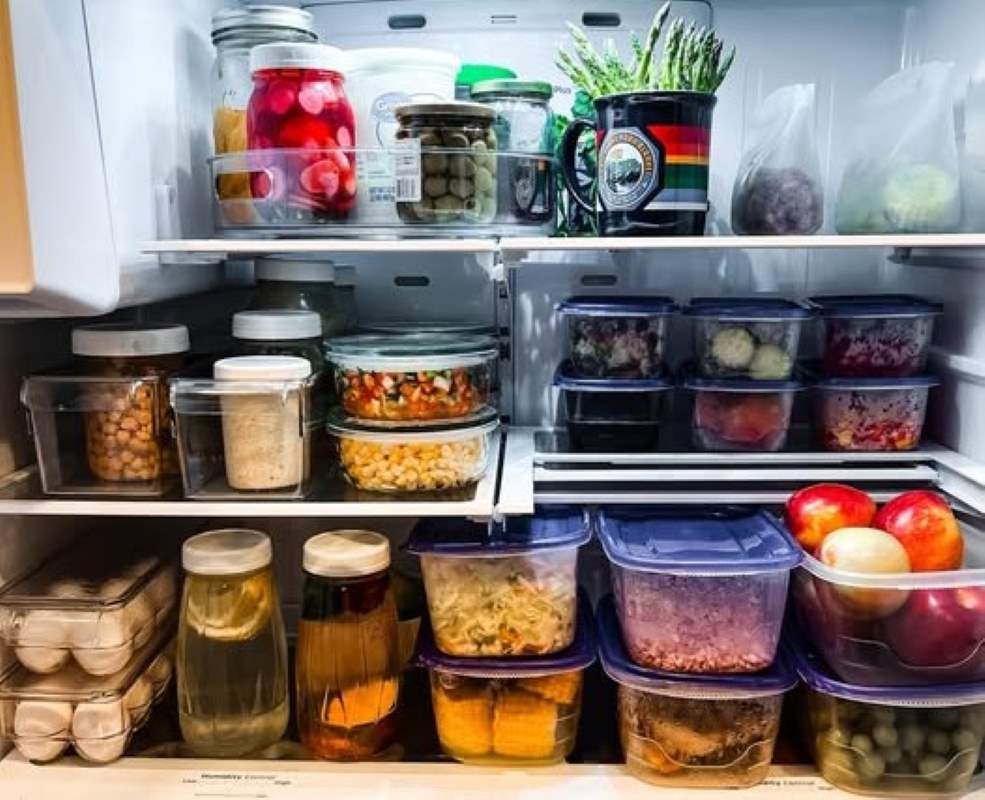
2. Type of Food
Different foods behave differently during refrigerated storage. These variations in fridge shelf life are due to factors like nutrient composition, pH, moisture, and the presence of antimicrobial compounds. Indeed, the shelf life of your leftovers is more predictable if their contents are monotonous. Monotonous, in the sense that the dish contains a single variant of a food product.
When refrigerating leftovers containing ingredients that are rich in fat, protein and high in moisture, expect such to undergo microbial spoilage soon. On the contrary, foods like Indian Curry, with low water activity (aw) or natural inhibitors, tend to keep relatively longer during refrigerated storage.
3. Promptness of Storage Processing After Cooking
Processing your leftovers for storage immediately after cooking or eating is the best bet for extending their shelf life during refrigeration or freezing. The longer you allow cooked food to sit in the danger zone (circa room temperature), the higher its tendency to spoil faster, even at modified temperatures.
So, to the question of ‘How long do leftovers last in the fridge?’ there’s no one-size-fits-all response. Instead, safe leftover time can be determined with fair accuracy by considering the factors just highlighted.
Specific Food Categories and Their Refrigerated Shelf Life
Confused about how to store leftovers from your last house party? Leave it to the FDA, which has done the due diligence of designing a refrigerator and freezer chart for wannabe moms. So, to help you determine how long do leftovers last in the fridge, check out some foods that are likely to wind up as leftovers.
- Cooked Meats and Poultry
To be sure about the food storage safety of cooked meats and poultry, the FDA recommends not storing them for more than four days in a fridge. However, if you have a freezer, then your grilled steak or turkey can remain consumable for between 2-3 months. However, if you want your frozen holiday leftovers to last longer, there are guidelines to follow during thawing and refreezing for optimum quality.
- Soup, Stews and Casseroles
Soups, stews and casseroles are seldom prepared without side-attractions, like vegetables and added meat. So, when you have such a delicious mix, it is advisable to consume it within 3-4 days of refrigeration. If you’ll be freezing instead, then you can store the delicacy for up to three months.

- Cooked Vegetables, Rice and Pasta
The Australian Food Authority advises eating pasta, rice and vegetable leftovers within two days of refrigeration. However, these dishes could be frozen for up to two months. Albeit, such frozen leftovers should be defrosted in a fridge and used within 24 hours of defrosting.
- Sauces and Gravies
Per the FDA, gravies and sauces can sit tight in a fridge for 1-2 days. Alternatively, they could be frozen for between 2-3 months.
ALSO READ: The Rise of Functional Beverages: Why Health Drinks Are Taking Over the Market
Signs Your Leftovers Are No Longer Safe and Tips to Extend Freshness
If you know the signs to look out for during cold storage, you can answer the ‘How long do leftovers last in the fridge?’ question. So, here are some surefire signs that you can no longer vouch for the fridge leftover safety.
- Mold growth (green, white, or black fuzz)
- Sticky, tacky, or slimy surface
- Dried or shrivelled appearance
- Off flavor, that indicates the food has gone funky, rotten or sour
- Rancid or chemical-like odor
- Senescence or separation of emulsions
- Sour, bitter, or any other objectionable taste
It is always advisable to follow an order of leftover assessment that ascertains the assessor’s safety. First, check the appearance, next smell it at a safe distance. Afterwards, feel the texture, and if all seems normal to this point, taste. However, if the taste is questionable, spit out immediately, rinse your mouth and discard the remaining leftover.
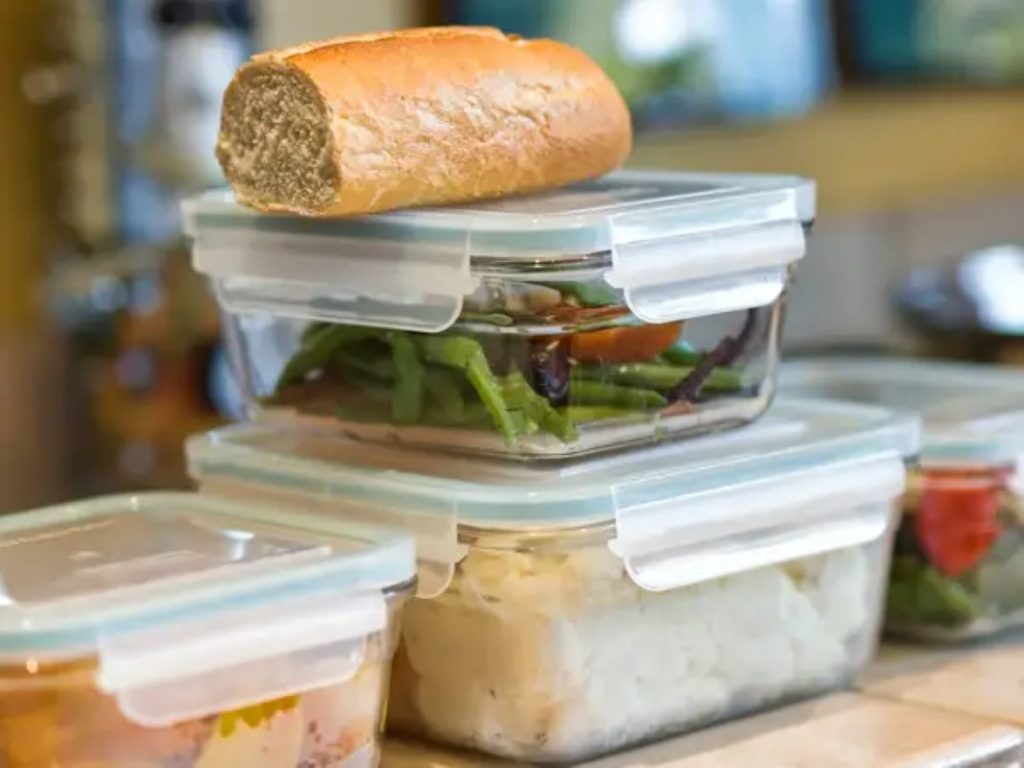
The following are proven leftover storage tips to help the food items remain stable for longer.
- Always use shallow containers. These types of containers help your leftovers to cool faster after heating, thus preventing the food from staying in the danger zone for too long.
- Label with the correct date of storage. If you’ll be monitoring how long leftovers have spent in the fridge or freezer, it is important to use an objective system—labeling. Relying on your memory won’t cut it.
- Avoid cross-contamination. While preparing your leftovers for cold storage, make sure all containers, utensils, and surfaces coming into contact with the food are sanitized. Cross-contamination from these contact points could compromise food storage safety.
On a final note, if you are not an expert in food shelf stability or are still unsure of how to determine safe leftover time, please consult fridge food safety guides provided by appropriate regulatory bodies. Also, the general rule of thumb is: “When in doubt about leftover safety, throw it out.
Your fridge is not a time machine; store smart, eat fresh, and stay safe.







